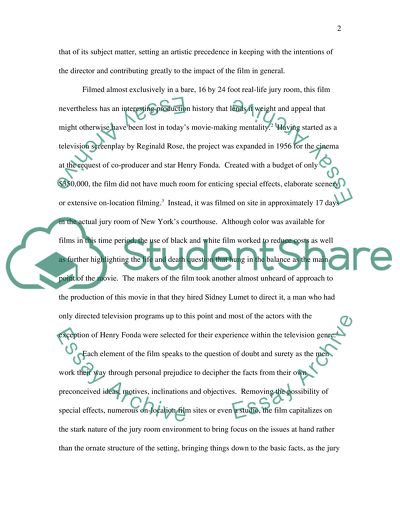Cite this document
(“12 Angry Men Essay Example | Topics and Well Written Essays - 1250 words”, n.d.)
Retrieved from https://studentshare.org/miscellaneous/1536173-12-angry-men
Retrieved from https://studentshare.org/miscellaneous/1536173-12-angry-men
(12 Angry Men Essay Example | Topics and Well Written Essays - 1250 Words)
https://studentshare.org/miscellaneous/1536173-12-angry-men.
https://studentshare.org/miscellaneous/1536173-12-angry-men.
“12 Angry Men Essay Example | Topics and Well Written Essays - 1250 Words”, n.d. https://studentshare.org/miscellaneous/1536173-12-angry-men.


